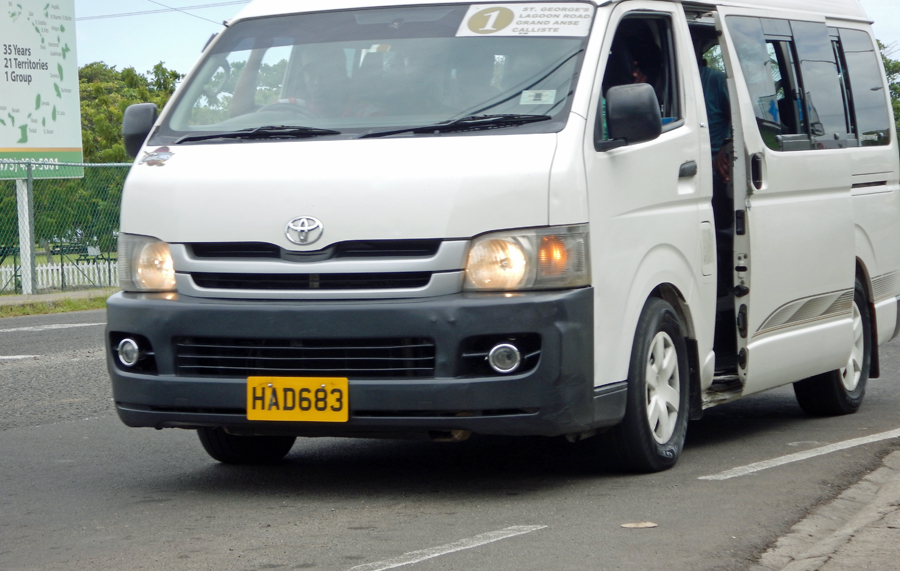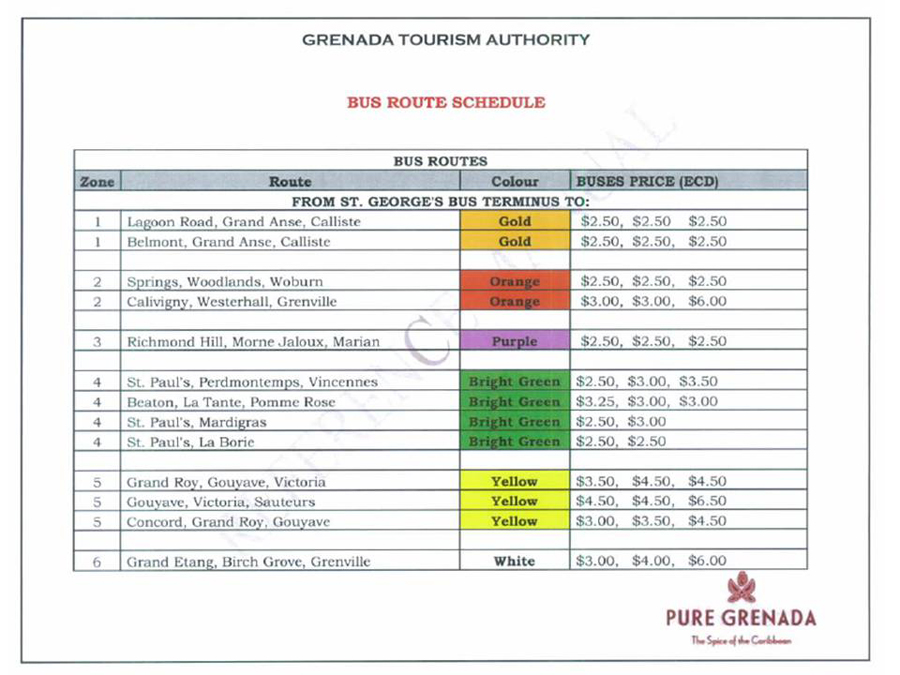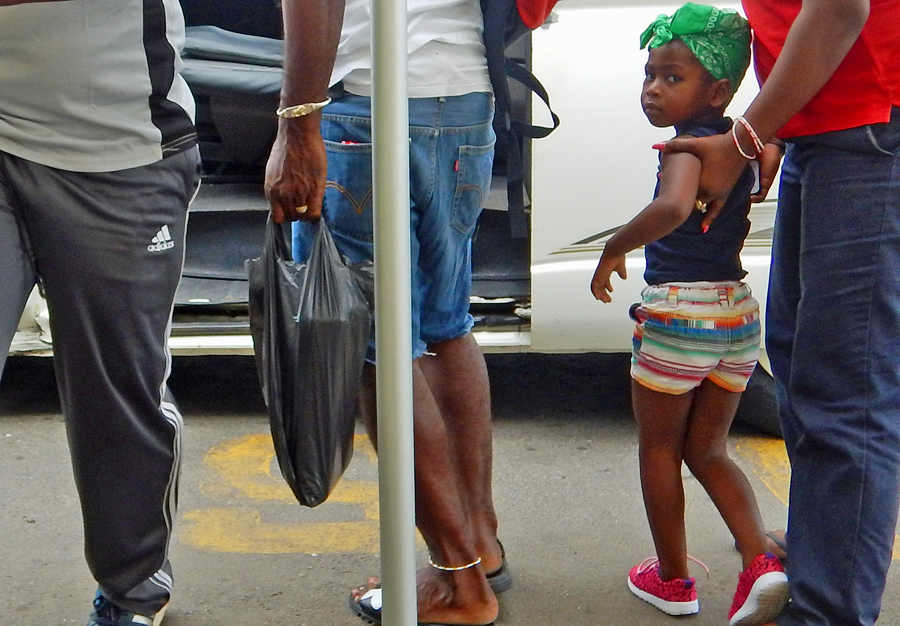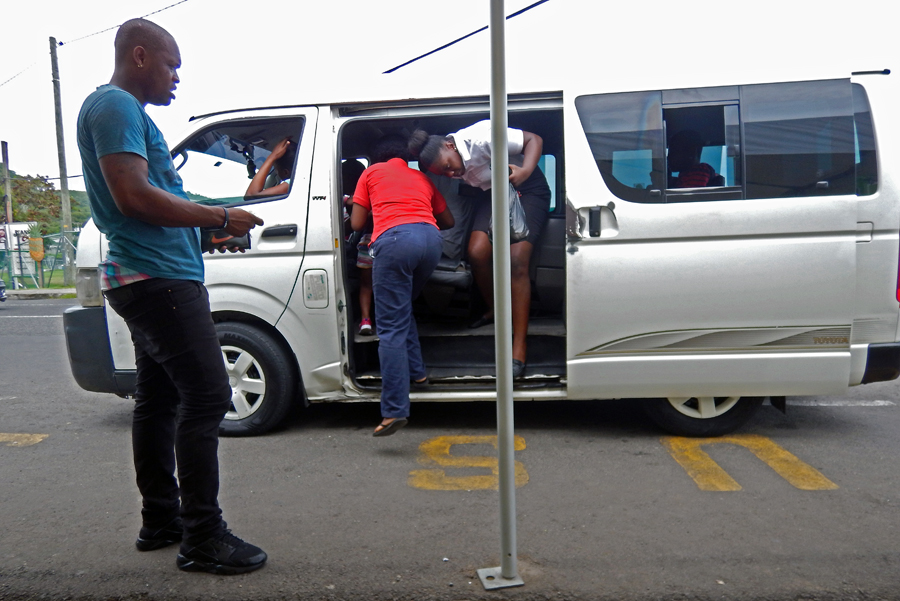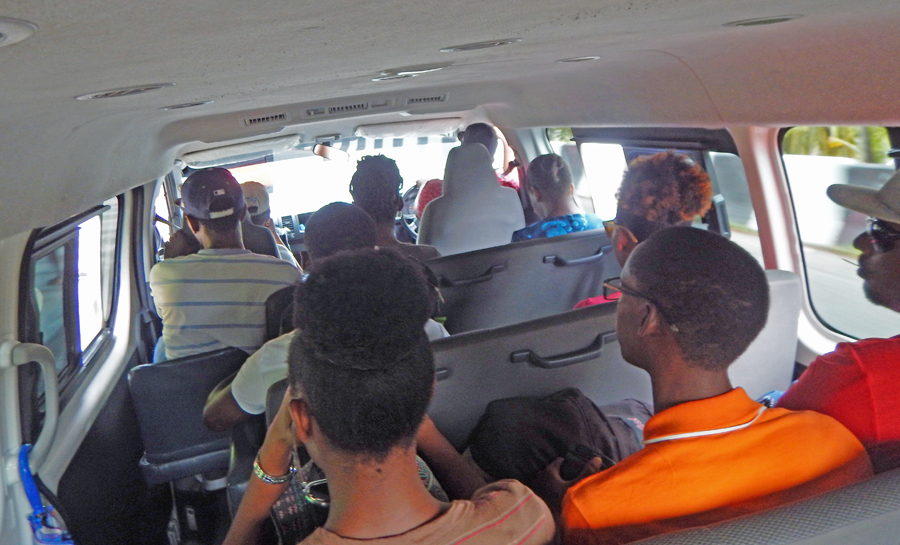Sometimes when we land on an island I get that déjà vu feeling. We go through the same routines of checking in with Customs and Immigration. Once this is done, we try to get on the internet. Sometimes this is pretty easy and we can pirate a connection from a nearby bar or restaurant. Often we can buy internet from a provider. If we are in a marina, they provide internet, well some marinas sort of provide it. It is often very slow. However, we are lucky in the Port Louis Marina; the Wi-Fi here rocks. This makes our next task much easier. With Wi-Fi, we can get on Google and find things like the grocery store, the hardware store and hopefully a marine chandlery. If we plan to stay on the island for a little while, we will buy a SIM card for our open GSM phone. This often solves the internet dilemma as we can use the phone as a hotspot. If we are unfortunate not to have Google or internet, finding a local business requires sitting with a local and convincing them to draw us a map. Once we have pinpointed places we wish to visit, the fun begins.
Now comes the tricky part: transportation. The big looming question: how are we going to get to the stores or tourist attractions? Walking is an option if the destination is within a couple of miles. We have a cart and crates and can quite easily lug groceries, propane, boat parts and whatever else we may need. Traveling further than this we look for public transportation therefore requiring us to figure out the bus system. Sounds easy, huh? But, this is not as simple as you may think. I swear the islands keep the bus routes and schedules filed as top secret. The bus systems do not publish anything or have a web page. They don’t need to. They correctly assume everyone living on the island knows where the buses go and about what time they run. This is true for the bus system in Grenada.
I wrote to the Grenada Tourism Board and asked them to send me a map of the bus routes and fees. I thought this would be an easy request to fulfill. I received a very warm welcoming email telling us how happy the people of Grenada were we chose to visit their island. The people here are ultra friendly (more on this in another post). In their reply they attached a file:
I was grateful they wrote back. The only problem with the information they sent me was I have no idea where the stops are located or the routes of the buses. For instance, the orange bus runs in Zone 2, wherever Zone 2 might happen to be. I think Zone 2 might be on a need to know basis. As far as I can tell, it runs from the St Georges Bus terminus to Calivigny, Westerhall and Grenville. If I look at an island map, I can see there is more than one road between these locations. So which road does the bus travel? This is going to be a challenge. So far, I have figured out the Number 1 bus. It stops right outside of the marina.
The Grenada Bus System
The buses aren’t really buses. They are large minivans with added seats. They can cram 17 passengers into a bus. In addition, there is the driver and the conductor. That’s 19 people in a van. They add fold down jump seats taking advantage of every possible square inch of transport space.
Some of the buses have air conditioning, most do not. Have I mentioned how hot it is here? They have two seasons in Granada: Hot (winter) and rain (summer). We are currently in the rainy season. It is often so hot and humid it’s hard to tell if we have humidity or rain. When it rains, the windows on the bus are closed. Imagine a microwave oven on wheels.
The objective of the conductor and driver is to fill up the bus with passengers.
As the bus travels down the street the driver honks at anything moving. This includes other buses who honk back, cars who may also honk back, chickens, lizards, coconuts, and every pedestrian in sight. All pedestrians are potential passengers or customers. I think the vehicles are privately owned as they are all a little different. And, I assume the operator has a vested interest in filling the bus. More people means more money, hence the motivation to fill the bus. Once the bus is full, it doesn’t honk or stop until someone gets off and vacates a seat. Then, the honking starts again.
As a pedestrian, it is impossible to walk the streets without being honked at. The buses have a unique sounding air horn. It is incredibly loud. At the instant they spot someone walking, they honk to announce their presence on the road. Pedestrians not acknowledging the bus are treated to continued honking until the bus passes. A hand jester or thumbs down will signal the bus a person wishes to walk. Only then does the honking stop. That is until the next bus comes along. They run about 2-3 minutes apart.
The conductor’s job is to collect the money so not to distract the driver from driving on two wheels at a rapid speed on the narrow winding roads and honking. A conductor’s role in filling the bus is to hang out the window and yell at potential customers otherwise known as pedestrians. Sometimes the local people react like they are reluctant to get on the bus but, the conductor thinks otherwise. The bus will stop, the door slides open and the conductor and the pedestrian have a conversation on the side of the road as other passengers patiently wait on the bus (with no AC). This side-of -the -road conversation often ends with the pedestrian getting on. I really haven’t figured this part out yet. Why do people act like they don’t want to get on the bus? Are they waiting to hear the conductor’s sales pitch? Are they negotiating the fare? Who knows. It’s a well kept island secret.
Bus Stops
Bus stops are merely suggested areas in which the bus may or may not stop. If the bus is full it will not stop until someone gets off. For the most part, the stops are completely ignored. The bus will stop anywhere. This includes traffic circles, areas off the bus route, the middle of the road or like today the driver’s house. Yes, we took a small detour so the driver could run into his house for something.
If you are in the back of the bus and you need it to stop, bang on the roof. This universal signal also alerts all the other passengers someone in the back of the bus wishes to exit so everyone will need to get off allowing the person in back seat to get out. The people in the back always want to get off before the people in the front. The bus is reloaded and jockeying for a premium spot near the window begins.
To hail a bus, simply stand on the side of the road. A bus will be along within about 3 minutes. They will honk indicating they have space available. Raising an arm will tell them you wish to board. At this point the side door will fly open. The conductor will skillfully jump out of the bus while it is still in motion. As he exits, he folds up his jump seat allowing entry. Stopping inches from your toes is common practice. Some people in premium seats near the windows might exit allowing access to the rear seats. Dilly dallying is prohibited as the bus will take off with the door open. This once again allows the conductor to display remarkable skills of jumping into a moving vehicle and closing the door in one swift continuous motion.
Music
One of the primary requirements for the bus operators is to play music at levels louder than night clubs. As the bus speeds along, Caribbean music blasts from the stereo. The buses have more speakers than seats. The music serves two purposes. First, it is so nobody can here the passengers complain about being cramped into a space half the size of an airplane seat with no AC. Second, it is so we cannot hear the honking for more passengers to share the already limited space occupied.
The Schedule and Fare
Buses run Monday through Saturday. Almost everything on the island is closed on Sundays. There is also a large Jewish presence on Grenada meaning some business might also be closed on a Saturday. It’s best to plan things on Monday through Friday. Buses run into the evening hours. This is very arbitrary. There are no set times as to when they start or stop. We have found the later it gets the fewer buses we have.
The fare for the bus starts at $2.50XCD (Eastern Caribbean Dollars). This is the equivalent to 93 cents USA. This is incredible value making it a great way to get about the island. All people visiting Grenada should take a bus ride. If they do, they will never ever complain about their daily commute again. And, where else can you be hurled through space at warp speed in a sardine can? Carnival rides and theme parks have nothing on the Grenada bus system. It’s an adventure deserving of a spot in the tourism hall of honor.

